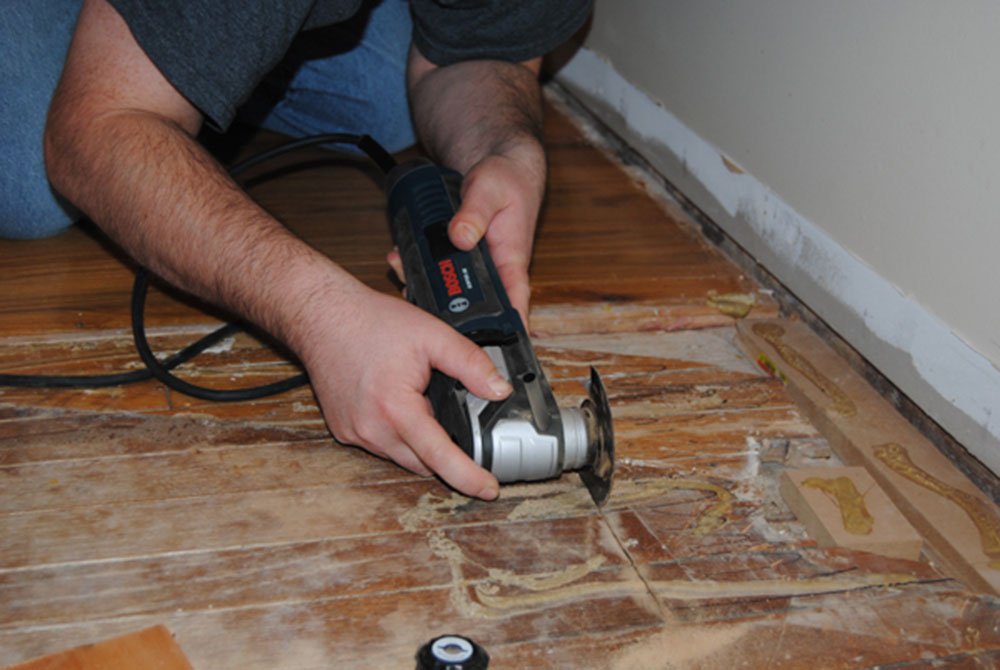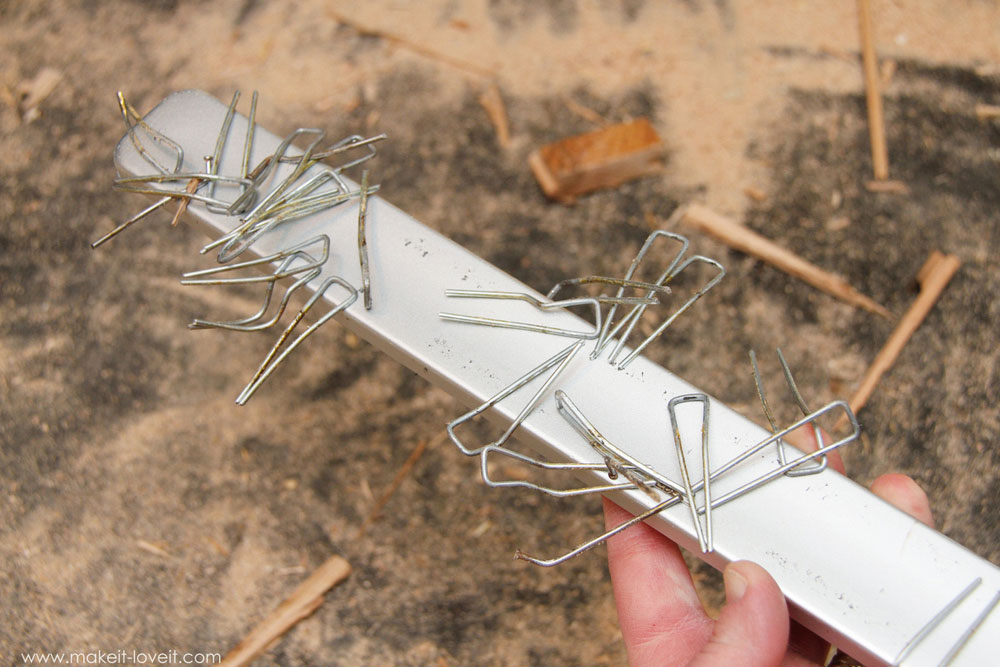How to remove hardwood floor? This is a question that many homeowners have to face before considering a remodel. We are talking about a coating that can prove to be a challenge when changing. So it is good that we know how to deal with it.
Although a floor change is not common, it does not mean that, depending on the circumstances, we may not be ready. Sometimes we just want to change the look of the environment to renew our style, while sometimes maintenance is required.
Today we will teach you the basics you need to remove hardwood floors without compromising the integrity of the structure. Keep in mind that an important part of the process depends on the way our floor is laid, although almost every ¾ inch wood uses standard laying.
Get the necessary equipment

Before we start, we need to prepare ourselves with the necessary equipment and tools that make our work easier. This includes the appropriate protection so that we do not suffer any damage when working.
Personal Protection – Don’t Start Without It!

Work gloves: A pair of work gloves made of plastic, rubber or leather is essential. These reduce the risk of cuts by sharp tools and are not just a protective barrier against splinters.
Glasses and safety mask: fragments can be deadly projectiles. Do not carry out any construction work without eye protection. A mask gives us additional well-being to avoid respiratory diseases caused by the dust that is generated when sawing wood.
Kneepads: They may not be necessary, but a pair of knee pads are very useful for this job. Removing hardwood floors is a process that requires high resistance in the knees and back.
Necessary tools

Circular saw: This is the main tool for removing a hardwood floor. If we don’t have it, we have to borrow or rent it as it is the basic tool for the process.
Nail claw: Holding the floor is not an easy task, which is why installers use an immense amount of nails and wooden clips. Life becomes easier when we have a tool to remove it. It’s also good to have a curved vice handle to remove broken staples.
Lever bar, hammer and magnet: The lever bar and hammer are basic tools we use to remove the pieces of wood. The magnet is optional, but it helps us to quickly clean the metal elements.
How to remove parquet step by step
The following process is not easy, but it is most effective for removing the hardwood floor. We recommend that you read the entire guide before you start.
Determine the work area

The first step is to determine which areas will be removed from the floor. Regardless of whether we need to remove all or part of the floor, it is important to know where we will start the project and what scope it will be.
Use tape to mark the areas you want to remove. Start with the central leaves so you can remove the bottom towards the edges. It is easier to insert the lever bar into a central sheet than into a side one.
Cover any items you want to keep clean
Another aspect that we need to prepare before we start removing the wooden floor is to cover the accessories, decorations and construction elements that we want to keep clean at all times.
The basics to be protected are furniture and lamps that are susceptible to sawdust and can affect their operation. You can also use tarpaulins to cover areas that should not be contaminated.
Remove the baseboard

There is an occasion when it is better to remove the bottom from the edges and then it is part of a baseboard. In these cases, the hardwood sticks to the floor thanks to a structural frame.
The frame is only on the edges of the sheet, so there is no need to break the entire floor to separate it. If we want to reuse the wood, we have to be very careful when removing it and exert a lateral force with the lever bar under the place where the baseboard is located.
To make it easier to lift the baseboard, make a small cut on one of the walls, preferably the older one, which is easier to cut. You can use a razor or flat-head screwdriver to drill it.
Divide the tables into small sections if you don’t need them

If you don’t plan to reuse the materials in another construction project, it’s best to cut the leaves into 3-foot sections. Hardwood is very difficult to remove in large pieces.
Use the circular saw to draw lines from end to end perpendicular to the wood installation. This way the saw slides easily and in this way you avoid accidental cutting of nails. Keep in mind that the cuts should not be more than 3 feet apart.

The depth of the disc for the saw depends solely on our installation. You should know how far your hardwood extends so as not to cut the lower plywood.
If we want to reuse the wooden panels, it is best to cut large pieces. If we have to cut them later, we have enough material. Large parts also reduce the number of joints you have on your floor.
Lift up the wooden panels

Once you’ve made the necessary cuts, you can lift each section. The way we perform this step again depends on whether the integrity of the leaves should be preserved.
In the event that we simply want to remove the bottom, it is of course sufficient to put the lever bar under each sheet and apply force until it is raised.
In order to remove the parts and maintain their integrity, we need to be more careful when using the lever bar. You cannot lift them in one motion, but you need to lift them gradually while repositioning the lever bar.
Raise ¼ inch each time you insert the lever bar. As soon as the piece of wood has reached the correct height, insert the lever bar a little lower and lift it up again. If you can’t use the lever, cut and remove part of the floor next to the wall to use it as an opening.
Finally, remove the elements that hold the wood

To complete the job, you need to remove any nails or staples that have attached the wood to the floor. In contrast to the floor, these can be very difficult to remove because a simple lever rod is not sufficient.
Have a hammer, pair of curved vise handles, and a magnet ready. The process will be lengthy as nails and staples can only be removed one at a time, but at least we don’t have to cut the structure.

Before cleaning the sawdust and dust generated at work, use a vacuum cleaner with a magnet to check that there are no loose metal elements on the floor. In addition to this technique, which allows us to collect multiple staples and nails at the same time, we also avoid injuries.
What can I do with the wood that I have removed?

Now that you know how to remove wooden floors, it’s time to consider what you’re doing with the material you’re removing. As long as the boards you removed are not damaged, you can give them a second chance.
If you don’t want to get rid of them, you can save them for home projects where you need wood. If you have no storage space, selling to a contractor or contractor using used material is a valid option. In general, this wood can still be used as a frame for emptying concrete or reused in sawmills for the production of MDF boards.
It is easier to recover the material if the floor is connected with nails and staples. If this is fixed with glue, it is very likely that much of it will be destroyed if an attempt is made to remove it.
Another fact that must be taken into account is that the wood used for the floors will lose resistance if it has been sanded more than 6 times. The constant removal of the material weakens it so that only a fifth of our floor is reusable.
If you liked this article about removing hardwood floors, you should also read these articles:
 TopsDecor.com Home Decor Ideas
TopsDecor.com Home Decor Ideas







